Namibia travel tips
Namibia travel tips: In southwestern Africa, mesmerizes with its vast deserts, stunning landscapes, diverse wildlife, and vibrant indigenous cultures.
Regions 🌎
Namibia travel tips. Here is a list of all the regions of the Namibia.

Zambezi

Kavango East
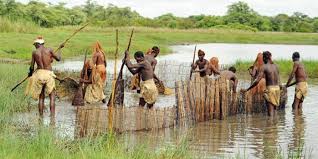
Kavango West

Otjozondjupa

Omaheke

Khomas

Erongo

Hardap

Karas
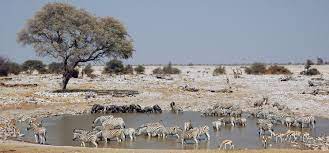
Oshikoto
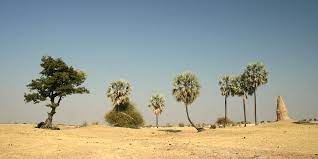
Oshana

Ohangwena
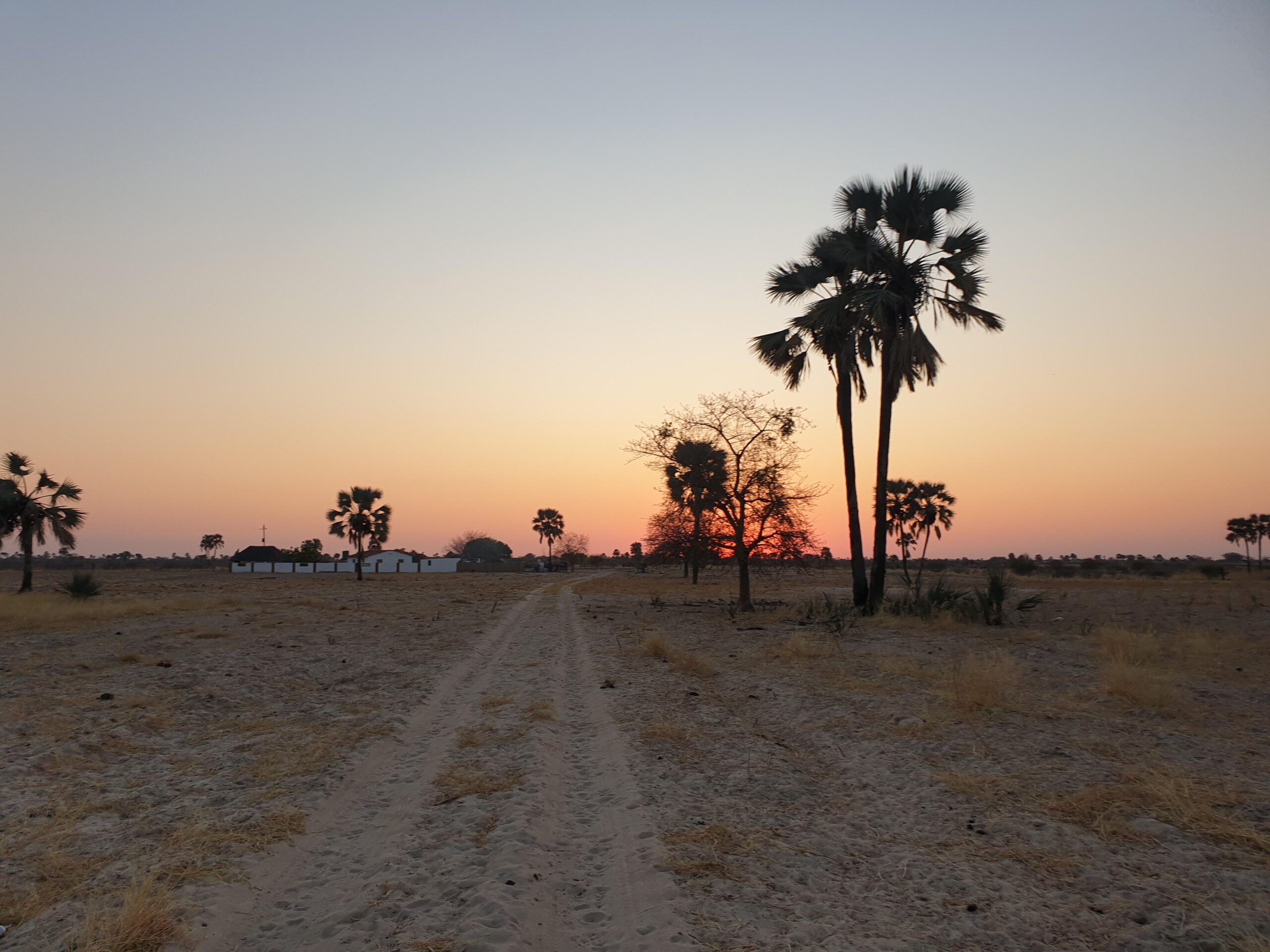
Omusati
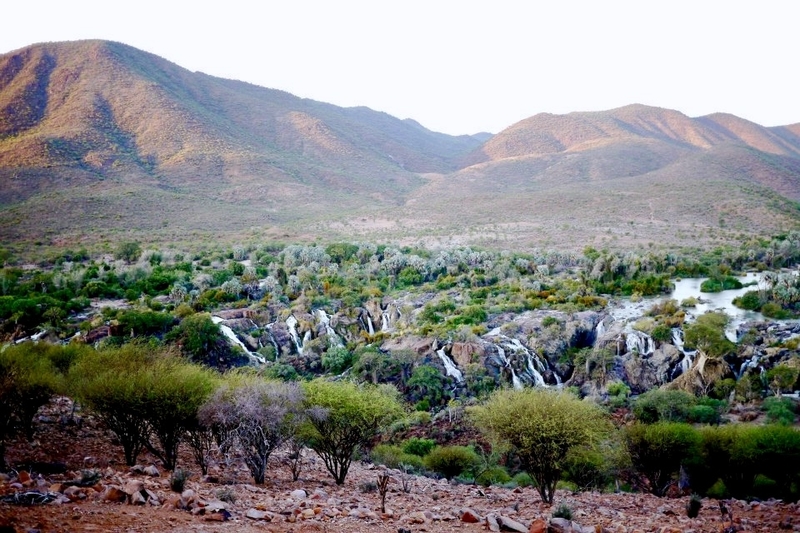
Kunene
Before you go 🛩
Important information you should know before your trip
Info
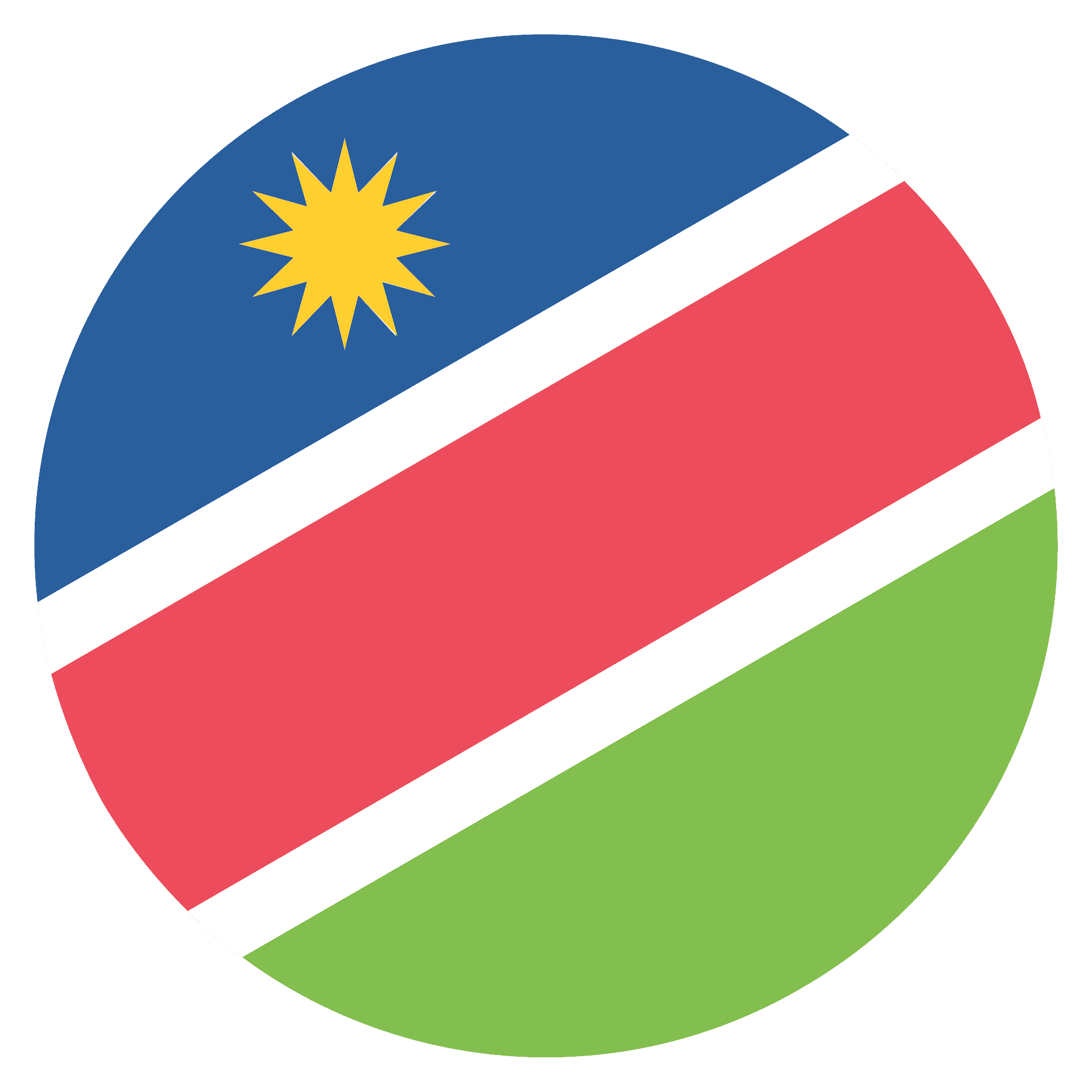
Capital | Windhoek
Flag Codes:
ISO alpha-2 NA,
ISO alpha-3 NAM
Currency
Badge | Namibian Dollar
CODE | NAD
NUMBER | 516
SYMBOL | $
FRACTION | penny
Mobile Coverage
Dialing Code | +264
SIM Card
Coverage | 3G / 4G / 5G |
Mobile Networks | MTC Mobile | TN Mobile |

Location
Namibia is located in southwestern Africa and is bordered by several countries and bodies of water. Here are its geographic coordinates and neighboring countries: Latitude: Namibia is situated between approximately 17 degrees and 29 degrees south latitude. Longitude: The country spans roughly 12 degrees to 25 degrees east longitude.
The country has a diverse landscape that includes the Namib Desert, the Kalahari Desert, the central plateau, and the coastal plain along the Atlantic Ocean. The capital city of Namibia is Windhoek, which is located in the central part of the country. Namibia is known for its stunning natural beauty, including the towering sand dunes of Sossusvlei, the Fish River Canyon, and its wildlife-rich national parks and reserves.
Currency
The currency of Namibia is the Namibian Dollar, abbreviated as NAD.
Additionally, the South African Rand (ZAR) is also widely accepted and used as the official currency in Namibia.
The Namibian Dollar is linked to the South African Rand at a 1:1 exchange rate, and both currencies are commonly used for everyday transactions in Namibia.
Banknotes and coins of various denominations are in circulation, with the currency issued and regulated by the Bank of Namibia.
Languages
Namibia is a multilingual country with various languages spoken due to its diverse ethnic groups. However, English is the official language and is used for government, education, and business purposes. It serves as the primary medium of instruction in schools and is widely understood and spoken by a significant portion of the population.
In addition to English, there are several indigenous languages spoken in Namibia. Some of the prominent languages include:
Oshiwambo: This is a collective term for several Ovambo languages spoken by the Ovambo people in the northern regions of Namibia, such as Ovambo, Kwanyama, and Ndonga.
Nama: Nama is spoken by the Nama people, particularly in the southern regions of Namibia. It has various dialects.
Damara: The Damara people speak the Damara language in parts of central and southern Namibia.
Herero: The Herero language is spoken by the Herero people, primarily in the central and eastern regions of the country.
Afrikaans: Afrikaans, a language closely related to Dutch, is spoken by a significant portion of the population, especially among the white and mixed-race communities.
Kavango languages: Various Kavango languages, such as Rukwangali, are spoken in the northeastern regions of Namibia.
San languages: The San people, also known as Bushmen, have their own languages, such as Ju/’hoan and !Kung, spoken in some regions.
German: While not an official language, German is still spoken by some Namibians, particularly among the older generation and in certain communities.
Climate 🌡
Namibia has a varied climate characterized by its arid and semi-arid conditions, with a significant portion of the country falling within desert regions. The climate in Namibia is primarily influenced by its geographical location and topography. Here are some key features of Namibia’s climate:
Desert Climate: The southwestern part of Namibia, including the Namib Desert, experiences a desert climate, which is one of the driest and most arid in the world. This region is known for its extreme heat, low humidity, and minimal rainfall. Coastal areas, such as Walvis Bay and Swakopmund, are influenced by the cold Benguela Current, resulting in cooler temperatures along the coast.
Semi-Arid Climate: The central and northern regions of Namibia have a semi-arid climate with slightly more rainfall than the desert regions but still characterized by low annual precipitation. These areas typically have hot summers and cooler winters.
Rainfall Patterns:
Namibia experiences two main seasons when it comes to rainfall:
Summer Rainfall: Occurs from November to April, with the highest rainfall usually between December and March. This is the wetter season in most parts of the country.
Winter Dry Season: Runs from May to October and is characterized by little to no rainfall. The winter months are generally dry and sunny, with cooler temperatures, especially at night.
Variations in Rainfall: Rainfall varies significantly across the country, with the north and northeast receiving higher annual precipitation compared to the arid west and south. The Caprivi Strip in the northeast is the wettest region.
Temperature Variations: Namibia experiences a wide range of temperatures due to its diverse landscapes. In the desert regions, daytime temperatures can soar to extreme levels during the summer months, while inland areas have a more temperate climate. Coastal areas tend to be cooler, especially in the presence of the Benguela Current.
Wind: Namibia is known for its strong winds, particularly in the desert regions. The Harmattan wind from the east and the coastal fog along the Atlantic Ocean are characteristic meteorological features.
Namibia travel tips
If you’re planning a trip to Namibia, here are some travel tips to enhance your experience:
Visa Requirements:
Check visa requirements before travel. Obtain necessary permits for a hassle-free entry into Namibia.
Health Precautions:
Vaccinations for diseases like Hepatitis A and B are advisable. Carry basic medical supplies and stay hydrated.
Weather Considerations:
Namibia has a varied climate. Pack accordingly; deserts can be hot during the day and chilly at night.
Cultural Respect:
Respect local customs, especially in rural areas. Ask permission before photographing people and their homes.
Transportation:
Opt for reliable transportation. Renting a 4×4 is ideal for exploring remote areas. Domestic flights connect major cities. View Guide.
Water Conservation:
Namibia is arid. Conserve water, especially in remote areas. Check if accommodations follow sustainable practices.
Sand Dunes:
Witness the mesmerizing Sossusvlei dunes. Visit at sunrise for stunning colors and avoid midday heat.
Enjoy your time in Namibia!

The best of the best
Namibian cuisine is influenced by the country’s diverse ethnic groups and its geographical landscape, which includes deserts, coastal regions, and savannahs.
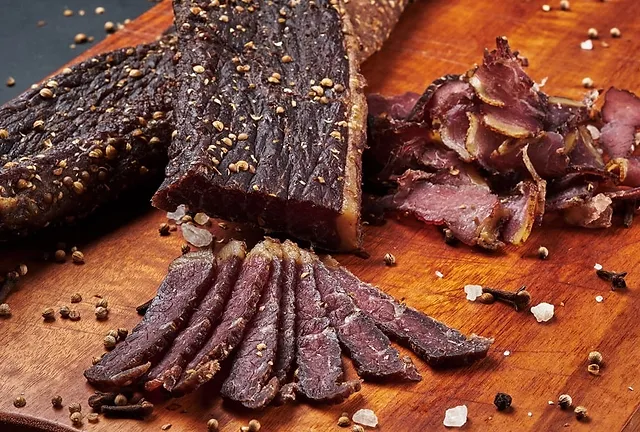
Biltong
Biltong is a popular Namibian snack made from dried and cured meat, typically beef or game meat.
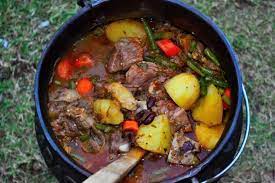
Potjiekos
Potjiekos is a traditional Afrikaner stew cooked in a three-legged cast-iron pot (potjie).

Kapana
Kapana is a popular street food in Namibia, especially in Windhoek. It consists of grilled or fried meat, often beef or sausage, served with various sauces and condiments.
Here are some typical foods and dishes commonly found in Namibia:
Oshifima: Oshifima, also known as pap or sadza in other parts of Africa, is a porridge-like dish made from maize meal and water. It is a staple food in Namibia and is often served as a side dish with relishes or meat.
Mahangu: Mahangu, or pearl millet, is a traditional grain used to make porridge, bread, or fermented beverages like mahangu beer. It is a dietary staple in the northern regions of Namibia.
Kapana Rolls: Kapana rolls are similar to kapana but served in a roll or sandwich, often with a variety of fillings and condiments.
Grilled Game Meat: Due to Namibia’s abundant wildlife, game meat is commonly consumed. Game meats such as kudu, springbok, and ostrich are often grilled or roasted and served in various dishes.
Mopane Worms: Mopane worms are edible caterpillars that are dried and then rehydrated and cooked before consumption. They are a traditional and protein-rich delicacy.
Potato Salad: Potato salad is a common side dish, often prepared with potatoes, onions, mayonnaise, and various seasonings.
Kapuka: Kapuka is a type of spinach or leafy green vegetable, often served as a side dish or incorporated into stews and soups.
Kalahari Truffles: Kalahari truffles are a seasonal delicacy found in the Kalahari Desert. They are fungi that grow underground and are collected for consumption.
Namibian cuisine reflects the country’s diverse cultural heritage and the availability of ingredients from different regions. Traditional dishes, along with influences from European and African cuisines, create a unique and flavorful food culture in Namibia.
Transportation 🚥
More information about this country
Choose your destination 📍🗺
Useful Links ✅



